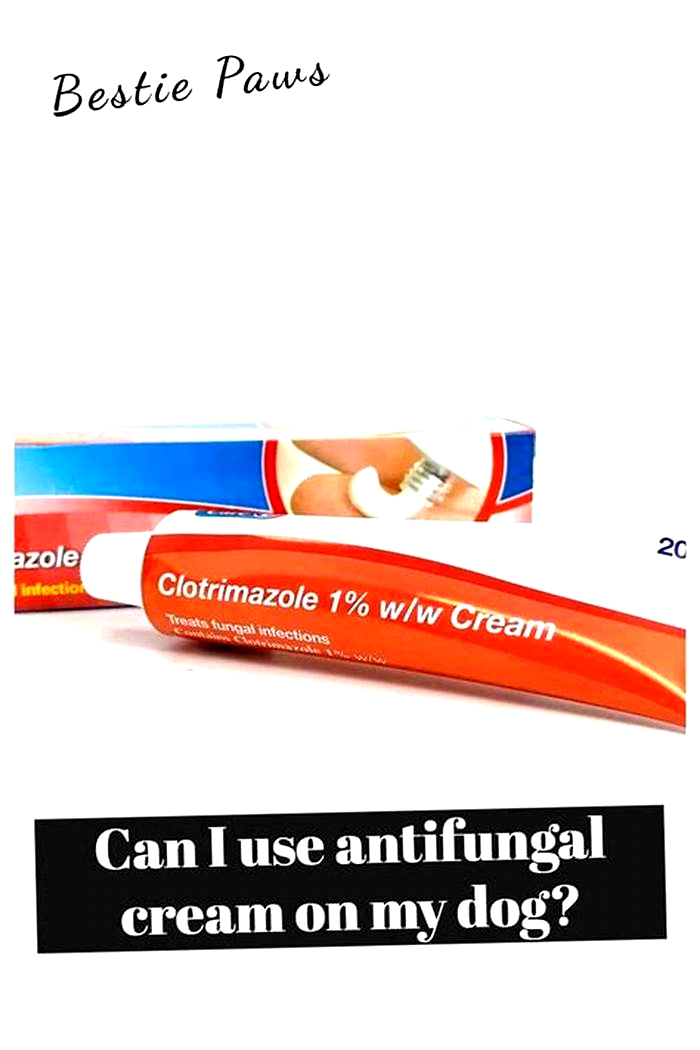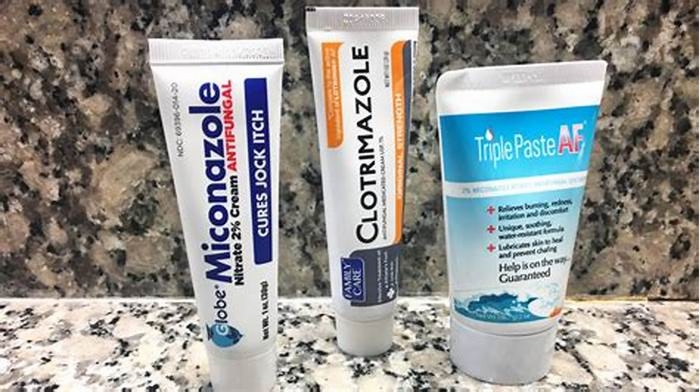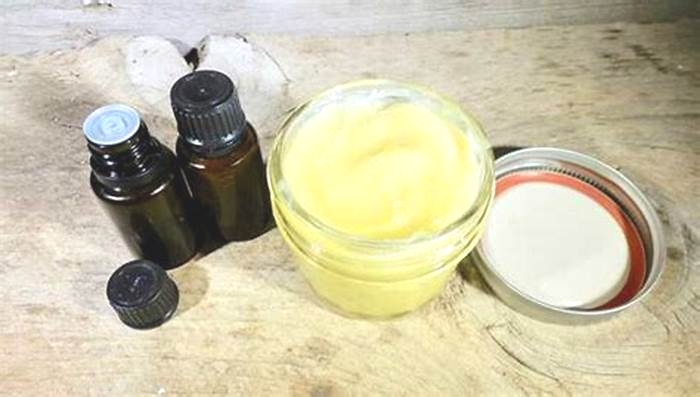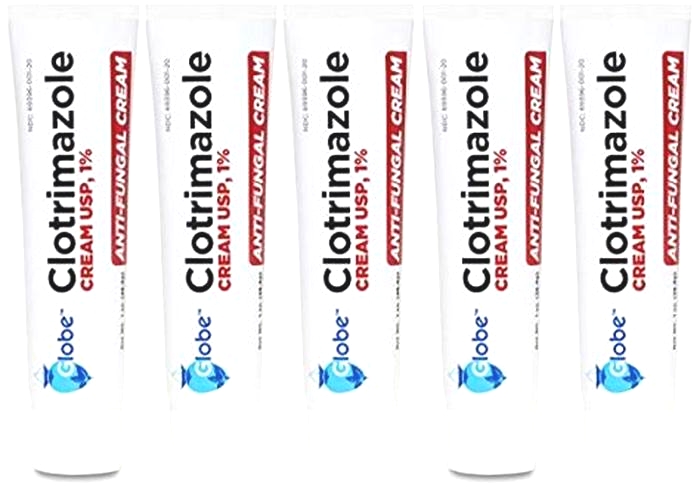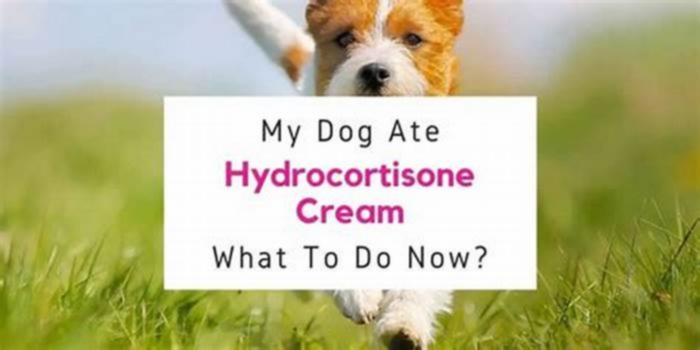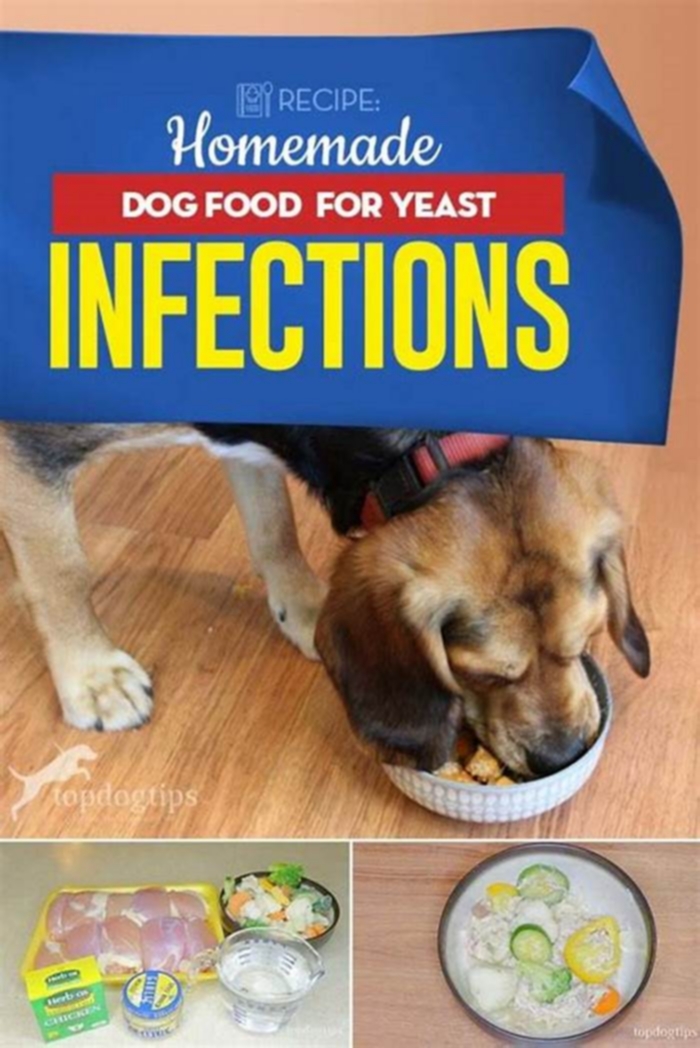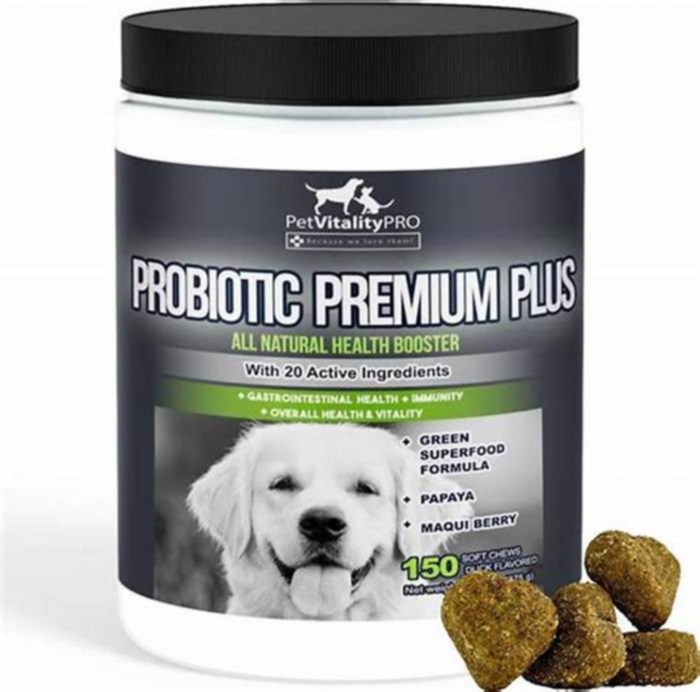Can I use human antifungal cream on my dog
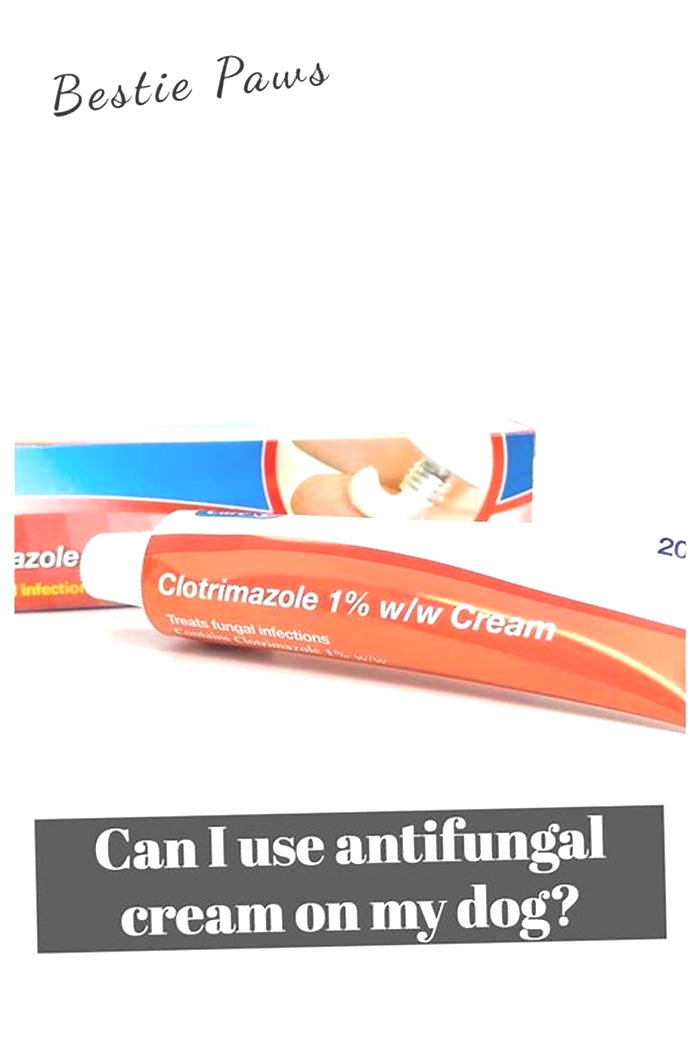
Can I Use Antifungal Cream on My Dog?
Fungal infections are one of the most common issues that pet owners face and many wonder, can I use antifungal cream on my dog as a home remedy?
We reached out to Carol Young, a veterinary technician, to get her advice on certain fungal infections, how to treat them, and what creams are safe to use on your dog.

What causes skin fungal infections in dogs?
Allergies
Yeast skin infections are often caused by the production of excess skin oils, and this happens frequently in dogs with skin allergies.
Yeast dermatitis, for example, is extremely common in dogs and is caused by the fungus Malassezia pachydermatis.
According to VCA1, even though this yeast is normally found on the skin, its abnormal overgrowth can cause dermatitis or inflammation of the skin.
This can create an environment in which bacteria can thrive and reproduce, creating what veterinarians refer to as a secondary infection.
However, this kind of yeast infection is not contagious.
Symptoms include hair loss, redness and itchiness, thickened, crusty skin, and a distinct musty odor.
In floppy-eared dogs, an overgrowth of yeast produced by a warm, moist environment can cause ear infections of both the middle and inner ears.
Ringworm
Other fungal infections occur when fungal spores in the environment come into contact with your dog via inhalation or through the skin.
There are many different types of these external fungi, including blastomycosis, a fungus that affects the lungs, or ringworm, which is caused by a fungus called dermatophytosis.
When most people hear the term ringworm, they think of worms. However, ringworm gets its name from the circular shape of skin lesions that the fungus creates on the skin.
The fungus that causes ringworm, dermatophytosis, lives on the skin, clothes, and furniture, and humans can also contract ringworm from infected dogs and cats.
How do you treat a fungal infection on a dog?
Once your dog is diagnosed with a fungal infection, your veterinarian will discuss a treatment plan appropriate for your dogs needs.
The treatment plan depends on the severity of the case, the nature of the fungus, and if there are any other pets in the household.
A vet can determine the identity of a fungus in several ways, such as by taking a skin-scraping sample, microscopic examination, or via a special ultraviolet light called a Woods lamp that can detect the fungus dermatophytosis.
Treating fungal infections in dogs usually involves the use of topical antifungal creams such as clotrimazole and miconazole, oral medications, and environmental decontamination if needed.
If the dog has an ear infection due to yeast overgrowth, treatment may involve a thorough ear cleaning and a round of antibiotics to fight possible secondary bacterial infections, as well as antifungal ear drops.
Other treatments may involve the use of medicated shampoos.
Many dogs with oily skin will first require cleansing with a shampoo containing benzoyl peroxide or selenium sulfide, or bathing with an antifungal shampoo that contains chlorhexidine and antifungal agents.
The good news is that most dogs make a complete recovery after several weeks.
So, can I use antifungal cream on my dog?
If you found that your dog has a fungal infection, you may be looking for a cream thats safe to use.
When using antifungal creams on your dog, make sure that you check with your veterinarian first about proper use and application.
There are several creams that veterinarians prescribe to combat fungal infections, and these creams are applied topically to your dogs skin where a fungal infection is located.
However, keep in mind that theyre only meant to treat small areas of the skin, and if your dog has a fungal infection that covers a large portion of their body, or areas that arent easily accessible, then creams arent going to be the best choice.
Common antifungal creams for dogs may contain the following active ingredients:
1. Miconazole. Monistat is an antifungal cream that is typically used for vaginal yeast infections in humans.
The active ingredient is Miconazole Nitrate, which is effective for the treatment of fungal infections such as ringworm, and for superficial skin and ear infections caused by an overgrowth of yeast.
Its also a common ingredient in medicated dog shampoos along with other antibacterial agents, such as Chlorhexidine.
Although Monistat is safe to use on dogs, its important to check with your veterinarian first before applying it to your dog or your dogs ears.
2. Clotrimazole. Also known by the brand name Canesten or Lotrimin, Clotrimazole is a topical antifungal cream used to treat athletes foot in humans and fungal infections in dogs and cats.
The cream is usually a 1% Clotrimazole concentration and it can be purchased over the counter. (However, dont use it on your dog without direction from a veterinarian.)
The usual dose is to apply a thin layer to the affected area twice a day for 14 days.
3. Ketoconazole. Sold under the brand name Nizoral, this cream is used to treat fungal skin infections, and can also come in the form of wipes mixed with the antibacterial solution Chlorhexidine.
4. Econazole. Econazole Nitrate cream comes in a 1% concentration and is used to treat ringworm in dogs, cats, and horses, as well as other fungal skin infections.
5. Itraconazole. This medication usually comes in the form of an oral solution, but its also available as a 1% concentration in a cream. It treats serious fungal or yeast infections in dogs.
Can my dog lick the antifungal cream?
Antifungal creams and lotions are meant for external use only, and veterinarians will recommend preventing your dog from licking and swallowing any of these medications.
Many veterinary formulations are designed for rapid absorption through the skin to minimize issues with ingestion.
Some veterinarians may also recommend the use of an e-collar to minimize the licking of treated areas.
Alternatives to antifungal creams
Medicated shampoo
Medicated shampoos are often used to treat fungal infections in dogs. They contain antifungal medications that can help control skin infections and eliminate the need for topical creams.
Your veterinarian may recommend using medicated shampoos twice a week, for up to 4 weeks.
Be sure to allow the shampoo to soak into the skin for at least 10 minutes before rinsing and dont allow your dog to lick off the product.
Its important to use only medicated shampoos that are designed for dogs and cats. Human shampoos can be harmful to pets.
Recommended reading: Can I Use Palmolive to Wash My Dog?
MiconaHex+Triz Shampoo is a popular product that contains Miconazole. This is the same active ingredient thats used in some antifungal creams intended for dogs and cats.
Medicated wipes
If your dog doesnt like baths, you can use medicated wipes instead. These wipes are ideal for treating mild cases of ringworm.
We love Dermabliss Medicated Skin Wipes by Vetnique Labs. This product contains Ketoconazole, which, again, is an antifungal drug thats also used in many antifungal creams.
Medicated spray
Similar to medicated wipes, you can use a medicated spray.
Here, too, we recommend Vetnique Labs Dermabliss Medicated Spray, which contains the same active ingredient as in their medicated wipes.
Fish oil
Although this isnt a treatment for fungal infections, the omega-3 fatty acids found in fish oil can help your dog with itching and inflammation and make them less susceptible to dry skin and allergies.
Sardines, mackerel, and salmon oil are all great sources of omega-3 fatty acids.
In summary
Antifungal cream is a great way to help your dog with skin infections, but it should be used after consulting with a veterinarian and if the fungal infection only covers a small area of your dogs skin that they cant lick off.
Other alternative treatments include medicated shampoos, wipes, and sprays, as well as dietary supplements such as fish oil to alleviate some of the symptoms and prevent future flare-ups.
Sources
- Yeast Dermatitis in Dogs
Pin this
Top 10 Antifungal Creams for Dogs
Hello, fellow pet enthusiasts! Today, were diving deep into the world of canine care, specifically tackling one of the peskiest problems our furry friends face: fungal infections. Itchy, irritating, and downright uncomfortable, these infections can turn your dogs life upside down. But fear not! Weve scoured the pet care universe to bring you the ultimate guide to the top 10 antifungal creams for dogs.
The Cream of the Crop: Top 10 Antifungal Creams for Dogs
| Rank | Product Name | Stars | Bought In Past Month | Key Ingredient | Price |
|---|---|---|---|---|---|
| 1 | Farnam Sulfodene Ointment | 4.5 | 18,023 | $8.80 $9.26 | |
| 2 | McKesson Miconazole Nitrate | 4.5 | 6,756 | Miconazole Nitrate | $9.75 |
| 3 | Smiling Paws Pets Antibacterial & Antifungal Wipes | 4.4 | 2,076 | Chlorhexidine, Ketoconazole | $16.14 $16.99 |
| 4 | Forticept Blue Butter | 4.4 | 11,351 | $17.96 $19.95 | |
| 5 | Veterinary Formula Clinical Care Shampoo | 4.6 | 14,922 | $9.17 $9.65 | |
| 6 | Big Mare Dog Body Spray | 4.2 | 396 | $23.70 $24.95 | |
| 7 | Globe Miconazole Nitrate Cream | 4.5 | 2,015 | Miconazole Nitrate | $3.99 $4.99 |
| 8 | Zymox Topical Cream | 4.5 | 3,406 | Hydrocortisone | $17.99 |
| 9 | Actavis Miconazole Nitrate Cream | 4.4 | 172 | Miconazole Nitrate | $5.50 |
| 10 | PET KING BRANDS Zymox Cream | 4.4 | 1,414 | $15.19 $15.99 |
In-Depth Analysis: What Makes These Creams Stand Out?
Broad-Spectrum Efficacy: The top contenders, like Farnam Sulfodene Ointment and McKesson Miconazole Nitrate, offer broad-spectrum antifungal properties. They dont just target one type of fungus; they go after a range, ensuring your dog gets relief from various fungal woes.
Star Quality: Ratings dont lie. Each product on this list boasts a stellar customer satisfaction rate. The high number of purchases within the past month underscores their effectiveness and popularity among pet parents.
Active Ingredients: Key ingredients like Miconazole Nitrate and Chlorhexidine stand out for their proven track record in combating fungal infections. These arent just fancy names; theyre the muscle behind the magic, providing fast-acting relief and preventing future outbreaks.
Pro Tips for Fungal Frustrations
Early Detection: The sooner you spot the signs of a fungal infection, the better. Look for itchy skin, redness, or any unusual shedding.
Consistency is Key: Apply the antifungal cream as directed. Skipping doses can lead to a resurgence of the fungus, stronger and more stubborn than before.
Hygiene Hero: Keep your dogs living area clean. Fungi love moist, dirty environments, so regular cleaning can prevent fungal parties.
Elevating Pet Care to New Heights
Our furry friends deserve the best, and when it comes to combating fungal infections, knowledge is power. Armed with this guide, youre not just choosing a product off the shelf; youre making an informed decision for the health and happiness of your dog.
Remember, while antifungal creams can work wonders, theyre part of a broader strategy that includes regular vet check-ups, good hygiene practices, and a healthy diet. So, heres to happier, healthier pups and a world where itchy, annoying fungal infections are a thing of the past. Cheers to that!
Q: Can you elaborate on the importance of recognizing early signs of fungal infections in dogs?
Absolutely! Recognizing the early signs of fungal infections, such as incessant scratching, localized redness, or unusual odor, is akin to catching a small leak before it becomes a flood. Its not just about comfort; early detection can prevent the infection from becoming systemic, which can be both challenging and costly to treat. Think of your dogs skin as a garden; you want to catch and address pests early before they take over.
Q: With so many products out there, how significant is the role of active ingredients like Miconazole Nitrate and Chlorhexidine in treating fungal infections?
Think of Miconazole Nitrate and Chlorhexidine as the superheroes of the antifungal world. Miconazole Nitrate works by weakening the fungal cell walls, leading to the cells demise, while Chlorhexidine acts as a powerful shield, killing bacteria and fungi on contact. Their role isnt just significant; its transformative, turning a potential skin catastrophe into a manageable hiccup. The specificity of these ingredients to target and dismantle the fungal structure and prevent its proliferation is what sets them apart.
Q: Can antifungal creams alone win the battle against fungal infections, or is there more to the story?
While antifungal creams wield the power to combat fungi directly at the source, theyre part of an ensemble cast in the drama of dog health. Imagine them as the lead actors, with supporting roles played by good hygiene, balanced nutrition, and environmental management. Regular bathing, clean bedding, and a diet rich in vitamins and minerals create an internal and external environment thats less inviting to fungi. Its this holistic approach that ensures a standing ovation, translating to a healthier, happier pet.
Q: With a myriad of options available, what should pet owners look for when selecting an antifungal cream for their dogs?
Navigating the sea of antifungal creams is like choosing the right tool for a job. You need to look beyond the flashy packaging and delve into the essence. First, check the active ingredients to ensure theyre suited to combat the specific type of fungus your dog is dealing with. Then, consider the application method some dogs may prefer wipes over creams, for instance. Lastly, dont ignore the reviews and experiences of fellow pet owners. Their insights can be invaluable, acting as a compass to guide you to the best choice for your furry friend.
Q: What advancements can we anticipate in the treatment of fungal infections in dogs?
The future of fungal infection treatment in dogs is as exciting as the plot of a sci-fi novel. Were looking at innovations that range from vaccines that prevent common fungal infections to nanotechnology that delivers antifungal agents more effectively and precisely. Imagine a world where a tiny chip, not bigger than a grain of rice, can diagnose and release medication directly to the affected area. Additionally, the burgeoning field of probiotics for skin health promises to bolster the skins natural defenses, making it less susceptible to infections. The horizon is bright, with each advancement bringing us closer to more efficient, less invasive solutions for our canine companions.
HELP US PUT FOOD ON THE TABLE

